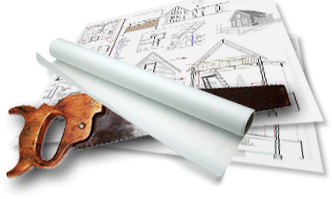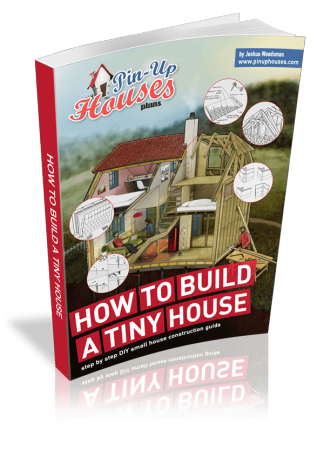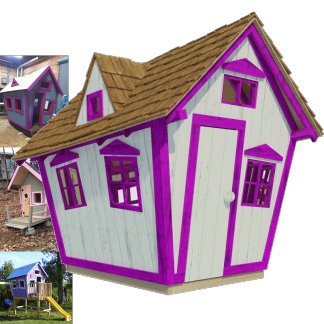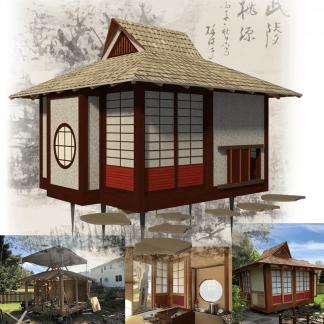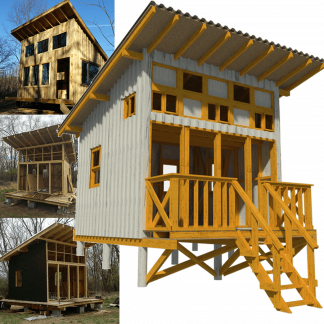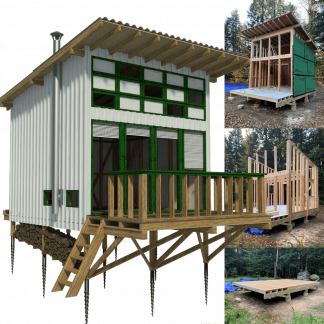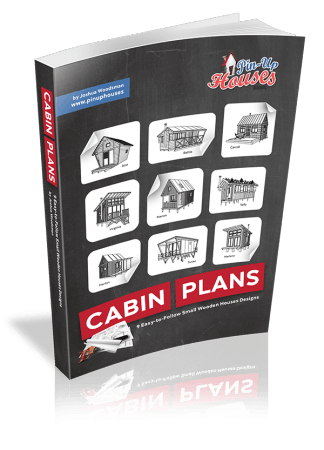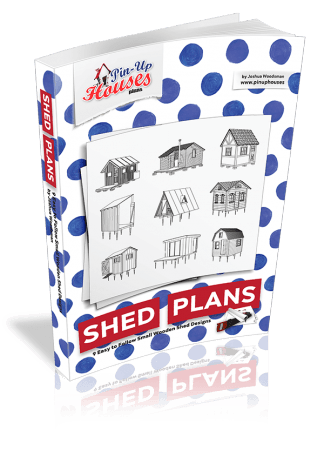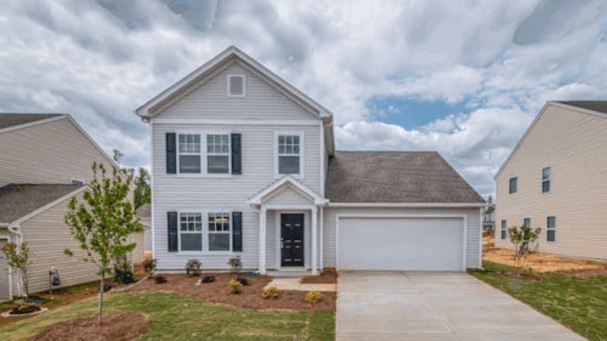
According to data shared by Rocket Homes, the median home selling cost in Santa Barbara is $2.1 million. This means more and more people (especially singles, students, and the elderly) need cost-effective housing solutions.
With California’s 2025 ADU law updates and the growing popularity of pre-approved ADU plans, building an ADU in Santa Barbara has become easier than ever.
However, many homeowners fall into common traps that can increase costs, delay projects, or limit design options.
Here are five mistakes to avoid when building your ADU, along with tips to ensure a smooth construction process.
1. Not Fully Understanding Preapproved ADU Plans
Many homeowners think that choosing a pre-approved ADU plan will:
- Make the process easier.
- Allow them to skip permits.
- Make changes to the design possible.
However, here’s the reality check:
While pre-approved ADU plans in California speed up approval (usually within 10 business days) and lower fees (up to 25% less), they still need site-specific permits and engineering.
If you change the design, you’ll lose the faster approval and end up with a longer wait and higher costs.
How to Avoid It?
- Get pre-approved ADU designs from trusted architects or builders.
- Check with your local planning office to make sure the design works for your property.
- Submit the right permits and forms through a licensed contractor to avoid extra costs.
2. Ignoring Size And Bedroom Limits
A common question homeowners in Santa Barbara, California, have is, “How big can an ADU be?”
Homeowners often assume they can add multiple bedrooms and increase the size of the ADU based on their needs.
Here’s the reality check:
- Some pre-approved ADU plans range from 400 sq. ft (studio or one-bedroom A) to 740 sq. ft (two bedrooms or a single big bedroom)
- The maximum square footage for an ADU is typically 1,200 sq. ft., but local zoning may have smaller limits.
How to Avoid It?
- Check the ADU rules for size and bedroom restrictions.
- Review pre-approved plans to find designs that fit your needs.
- Consult Professional contractors experienced in ADU construction to ensure compliance with all regulations.
3. Underestimating ADU Construction Costs
“How much does it cost to build an ADU?” is a top homeowner query.
Many homeowners budget too low, overlooking expenses like permits, utilities, and site prep. Preapproved plans can reduce plan check fees, but construction and inspection costs remain.
But here’s a realistic estimate:
- Costs vary widely, but a 2025 estimate for an 800 sq. ft. ADU in California ranges around $150,000 to $300,000.
- A 1,000 sq. ft. ADU unit in California can cost $200,000 to $400,000, depending on materials, labor, and site conditions.
Remember: A custom or high-end ADU can exceed these estimates, especially with unique features or extensive utility work.
How to avoid underestimating the cost?
- Get detailed quotes from contractors familiar with ADUs.
- Explore cost-saving options like pre-approved plans or factory-built ADUs.
- Research grants, like California’s $40,000 ADU grant for low- to moderate-income homeowners.
Tip: Confirm income limits required for housing grants with your local housing authority.
4. Choosing ADU Alternatives Like Home Addition
Homeowners often ask, If its cheaper to build an ADU or add an addition?Many even assume that building an addition is always cheaper than ADU construction. But that’s not true!
Here’s what you might be missing:
An ADU is typically more cost-effective because it uses;
- Pre-approved plans
- Have a streamlined permitting process
- Uses separate utility connections
Avoids disruptions to the main house
Note: ADUs can be rented with an approximate monthly income of $1000 to $2500 and more, based on the area and locality.
How to make sure you make the right decision?
- Compare costs with a local contractor and ask them for a quote.
- Consider ADU benefits, like increased property value and rental flexibility.
Good News: California’s 2025 ADU construction laws have eliminated owner-occupancy restrictions. The owners no longer need to live in the main house to rent the ADU.
5. Assuming ADUs Are Always Tax-Free Investments
Some homeowners assume ADUs offer tax-free benefits or are unaware of potential tax implications.
Here is the reality:
- ADUs are subject to property taxes, and their value is assessed alongside that of your existing home.
- Rental income generated from an ADU is taxable, similar to other forms of rental income.
- You may need to update your home insurance policy to include coverage for the new unit.
How to break this assumption?
- Consult a tax professional to understand property tax impacts and rental income reporting.
- Contact your insurance provider to confirm ADU coverage or secure a separate policy.
- Explore tax exemptions or deferrals for low-income or senior homeowners, if applicable.
Build Your Dream ADU the Right Way!
An ADU is a wise investment for homeowners looking to add more rooms to their home or generate rental income. You can use California’s 2025 ADU laws and pre-approved plan programs to start your ADU construction project.
Start by talking to an experienced contractor to learn about zoning and explore pre-approved designs and quotes. Your perfect ADU is just a few steps away!

